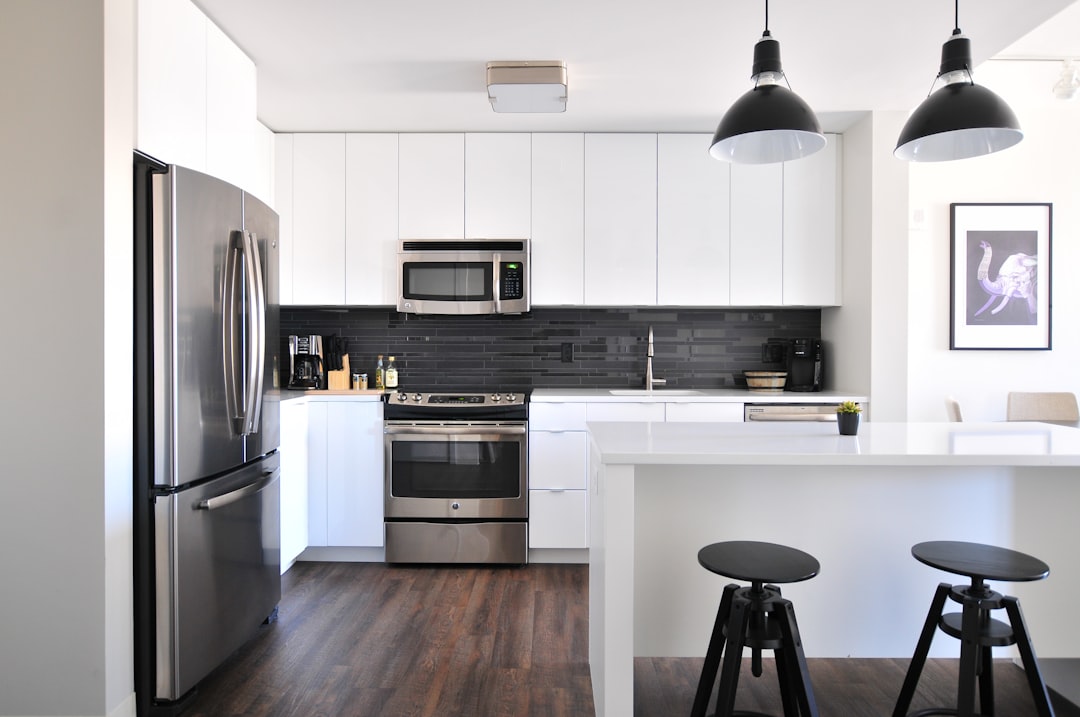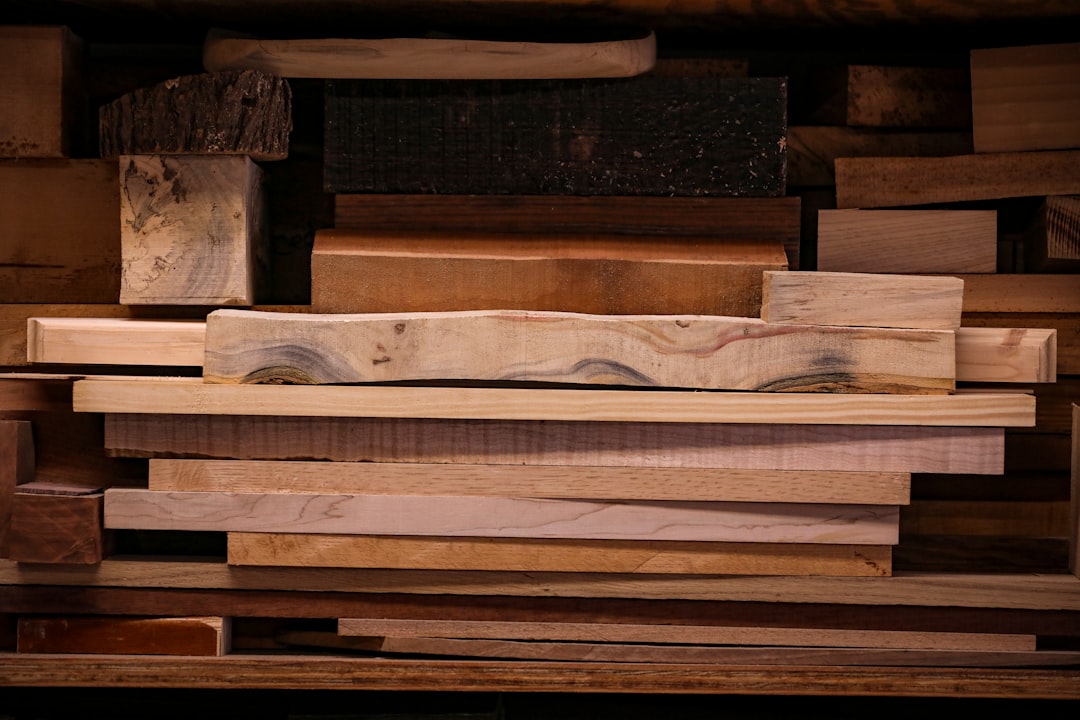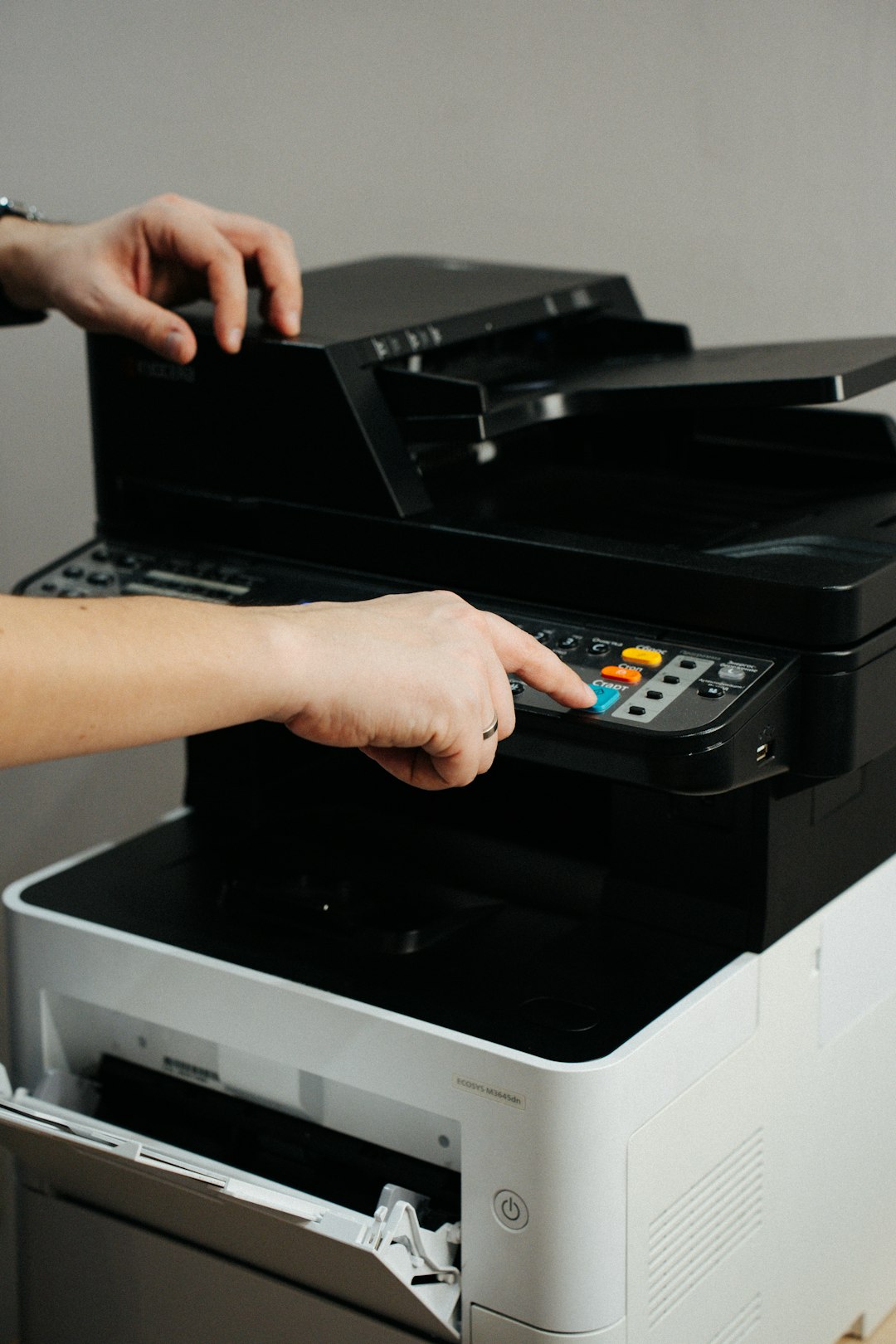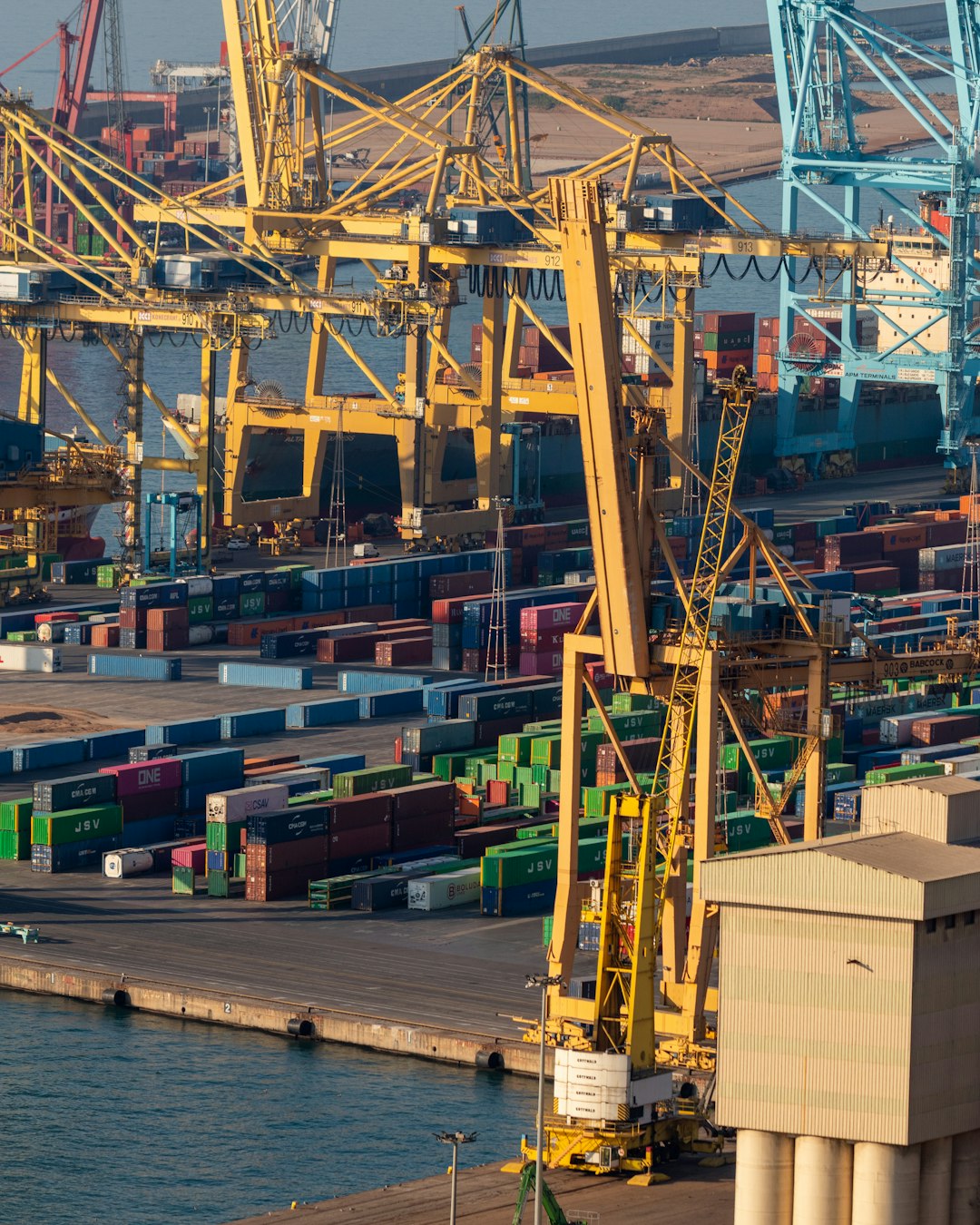Backflow prevention is a major aspect of plumbing. To mitigate backflow, you would need something called a backflow preventer. What is a backflow preventer, anyway? And why is backflow prevention so important?
Intro
A backflow preventer, also called reduced pressure zone device, safeguards the water supply of a city from external contamination. The equipment works by letting water to move in a particular direction or toward a specific destination – such as a doctor’s office, boiler, dentist chair, etc. These preventers are needed when the end user is at the risk of contaminating city water.
A backflow preventer is required on general water systems to prevent contaminants from seeking entry into the public water setup through backflow of contaminants and water, called back-siphonage. A qualified tester would be employed to make sure the device is working to plan.
When the system is unprotected, water could flow in both directions within a fixture or building. When water services are blocked in a building or street for any particular reason, it leads to a pressure drop that could draw polluted water back into the system.
It isn’t just cleaning solutions that could play spoilsport, pathogens and bacteria of all kinds could be siphoned into the system again from AC towers and also dentists’ and doctors’ offices. In fact, AC-related backflow could cause quite a few diseases.
Reduced Pressure Zone Equipment (RPZ)
An RPZ offers three backflow prevention elements. Double check valves, on the other hand, offer only a couple. The third element in RPZ is the vent connected to the cavity situated in-between the first two checks. The vent stays open with the help of a spring and is held shut only by the pressure difference prior to and post the initial check. In case there’s no pressure on the initial check’s supply side, the vent would open and empty the compartment between the checks. As a result, an air gap forms between the hazard and supply, making RPZ ideal for high-hazard usage scenarios.
Hazard Ratings
There are different hazard ratings: high, medium and low. Low-hazard scenarios could be safeguarded from with the help of a two-check valve, which is not the same as double check valve. The major difference being a double check valve could be examined and repaired using replacement parts. A dual check valve, on the other hand, has no testing provision. Since mechanical equipment can fail anytime and as backflow prevention is critical, it is important to be sure that the backflow device prevention device’s valves are in working condition at all times.











